ecosystem-guides.com
....exploring the planet's ecosystems
ECOSYSTEM GUIDES
Arctic Sea, Shore & Tundra
The Arctic includes some of the most majestic scenery in the word, and includes a fascinating and specialised range of flowers, birds, & mammals. In this book Damon has fun explaining the environment and ecology, and pointing out the plants and animals you are more likely to see while exploring the Arctic around Canada, Greenland and Svalbard. Any questions? No, good, let’s go then.
inside the book
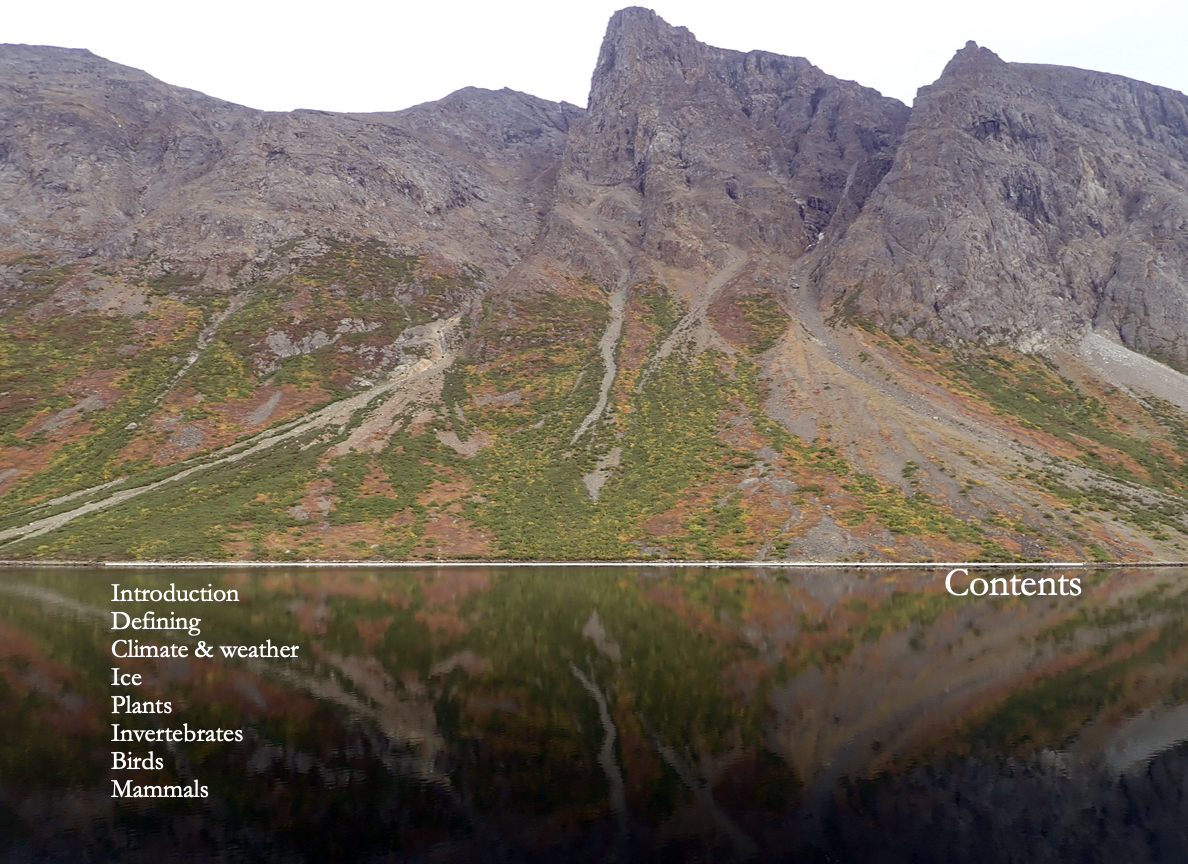
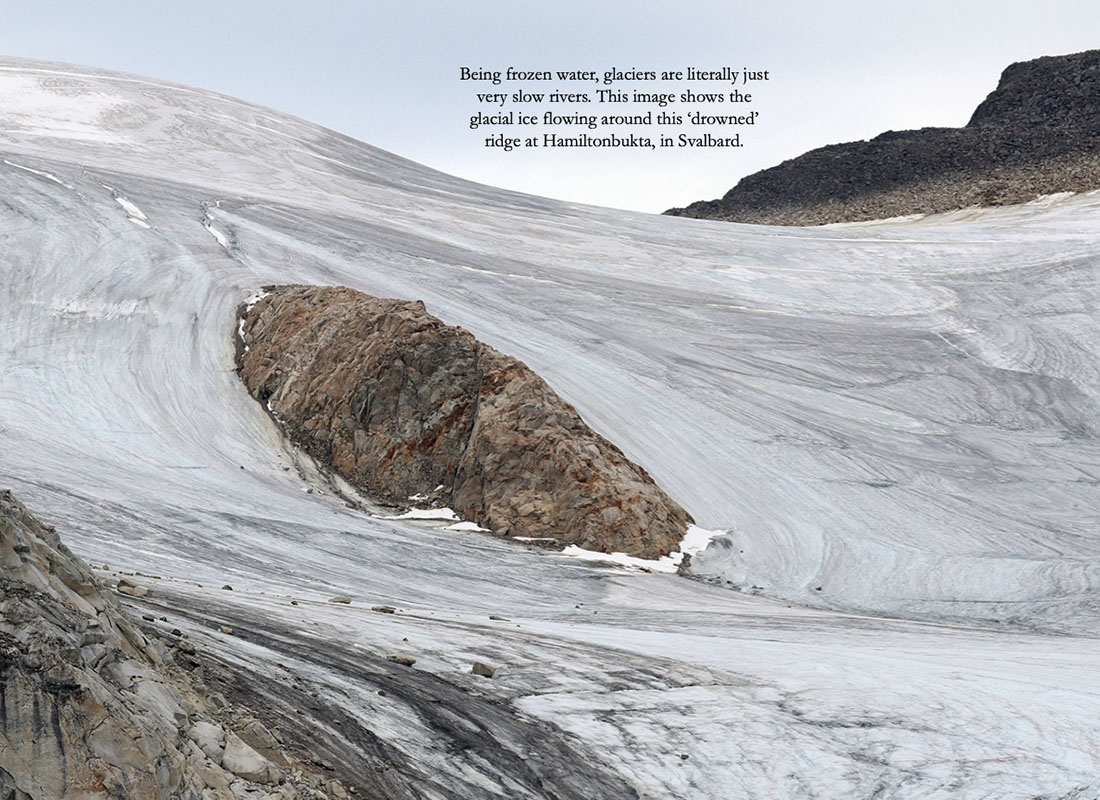
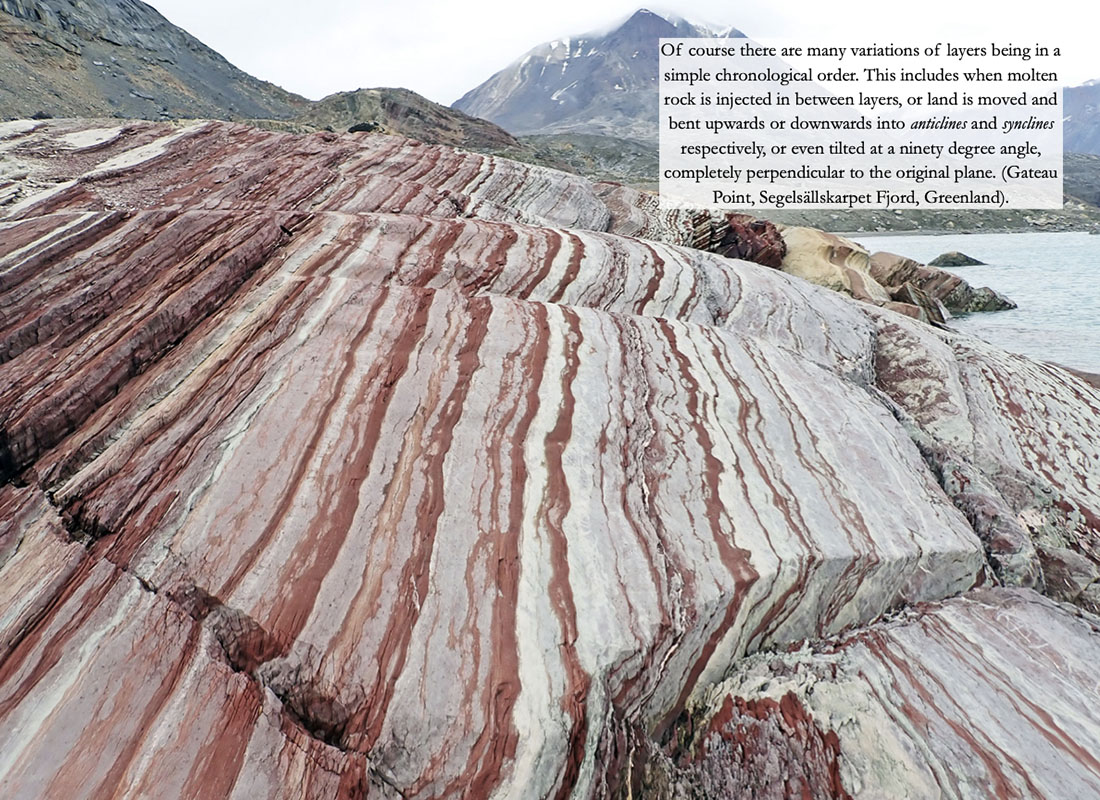
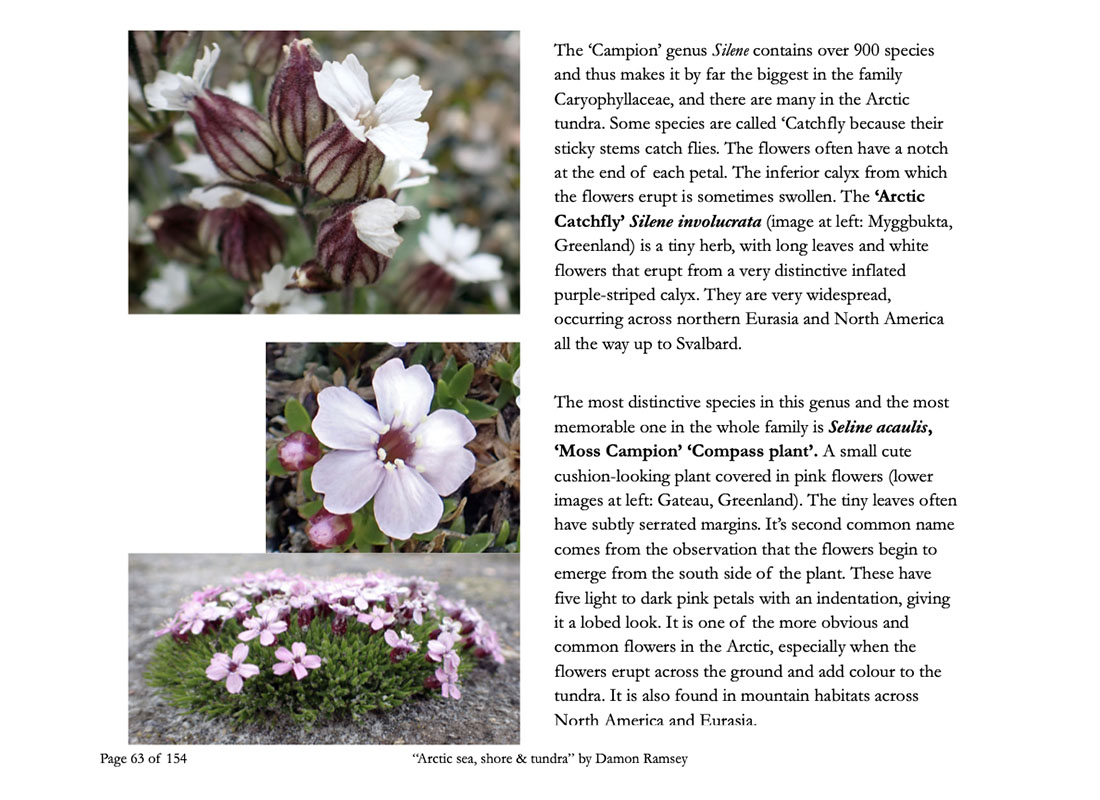
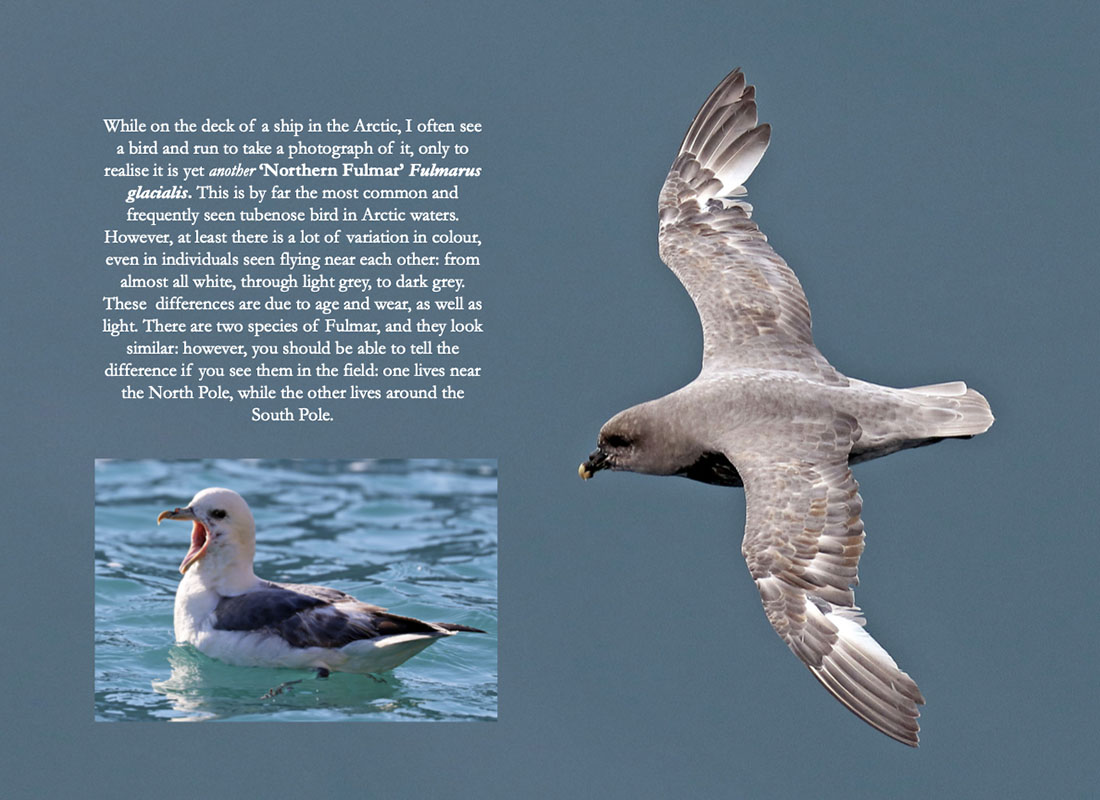
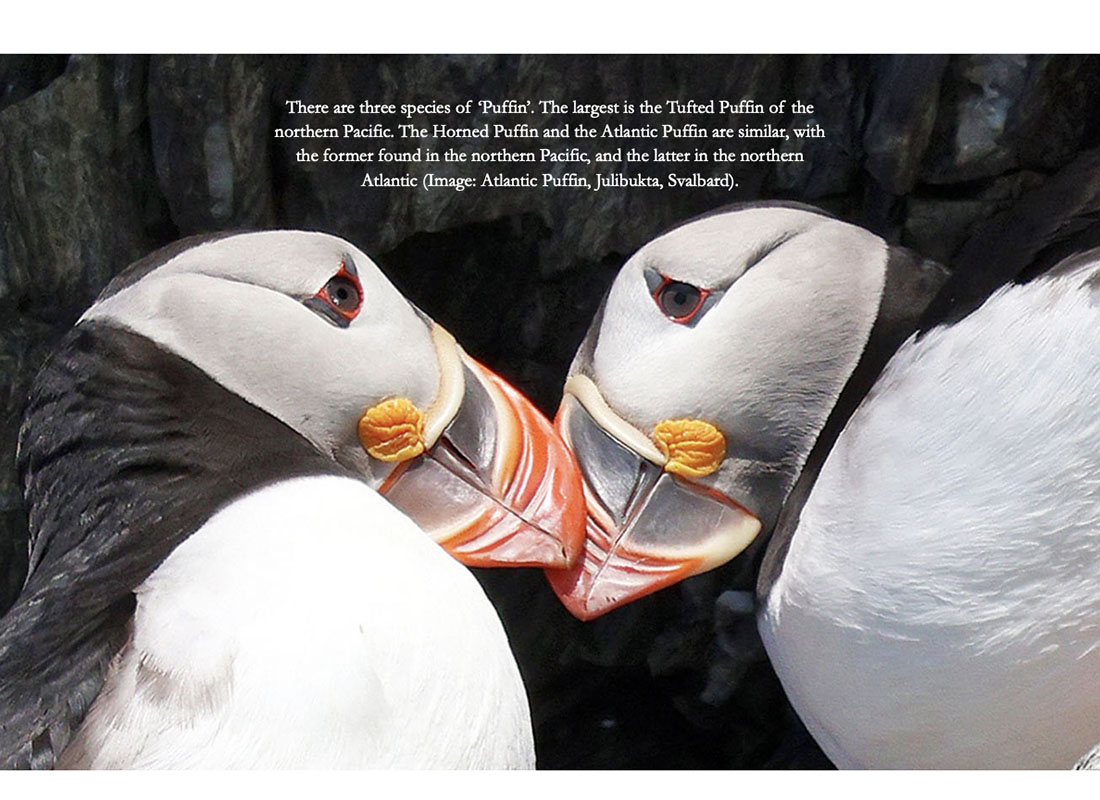
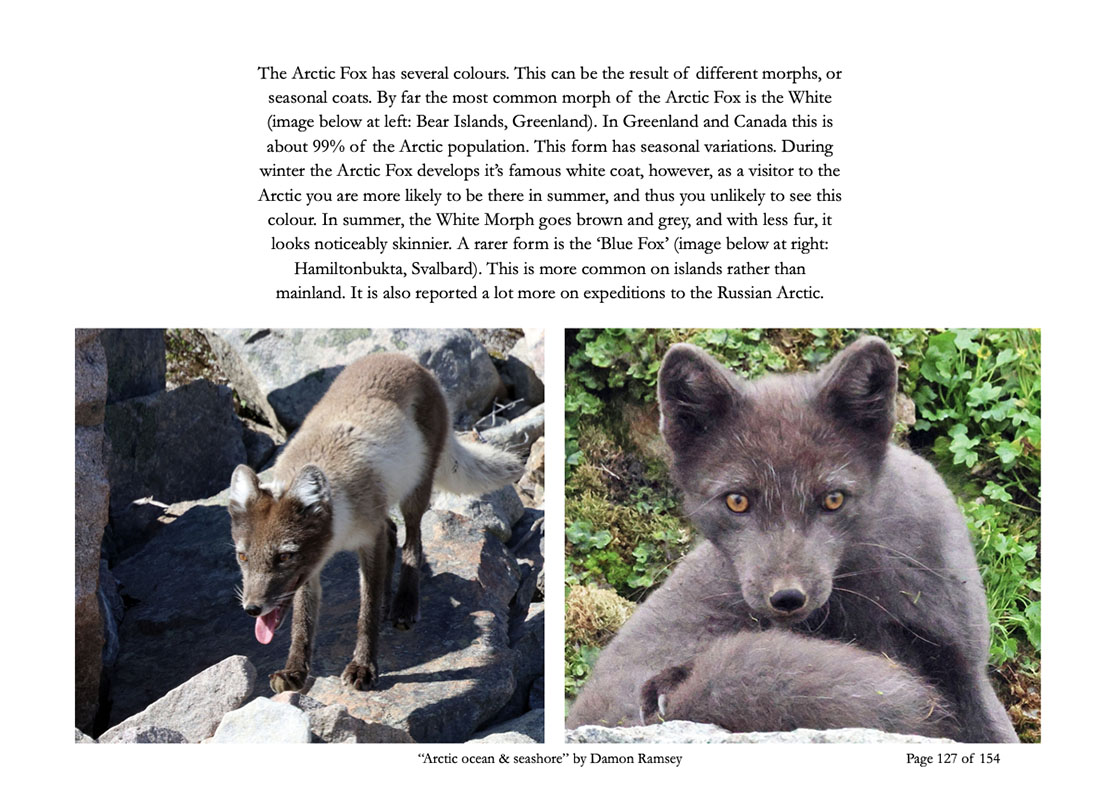
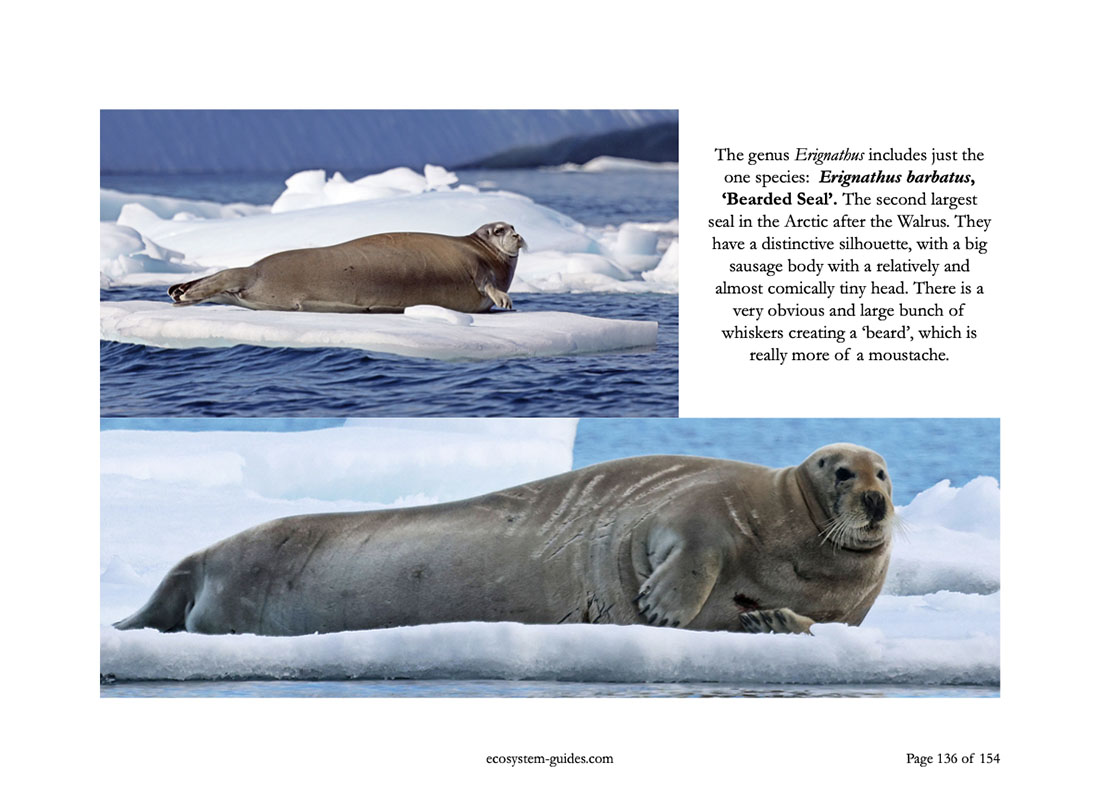
About the author
The author Damon Ramsey completed has an Outdoor Guiding qualification, a Biology degree and a Coxswains Skipper ticket. He first worked in the Arctic on a ship in 2019. He is a PTGA certified polar guide, but is scared to even look at pictures of crevasses. His only regret about the Arctic is not seeing the penis museum in Reykjavik because he heard complaints it was too small.
Publication details
“Ecosystem Guides: Arctic sea, shore & tundra”
Published by Damon Ramsey, trading as Ecosystem Guides,
Cairns, Queensland, Australia, 4870.
This edition published 2024.
All photographs and text copyright Damon Ramsey, 2024.
Parts of this publication can be reproduced for genuine educational or training purposes, but must include due credit to the author Damon Ramsey and Ecosystem Guides. For all other reasons, please contact the author below.
The author cannot be responsible for readers getting fooled by a fulmar, pursued by a polar bear, smacked by a seal, or any other mishaps derived from following the information in this book.
ISBN: 978-1-7637107-0-2
Cover photograph: Polar Bear, Svalbard
All the photographs and other images in this book are by Damon Ramsey, unless indicated.



